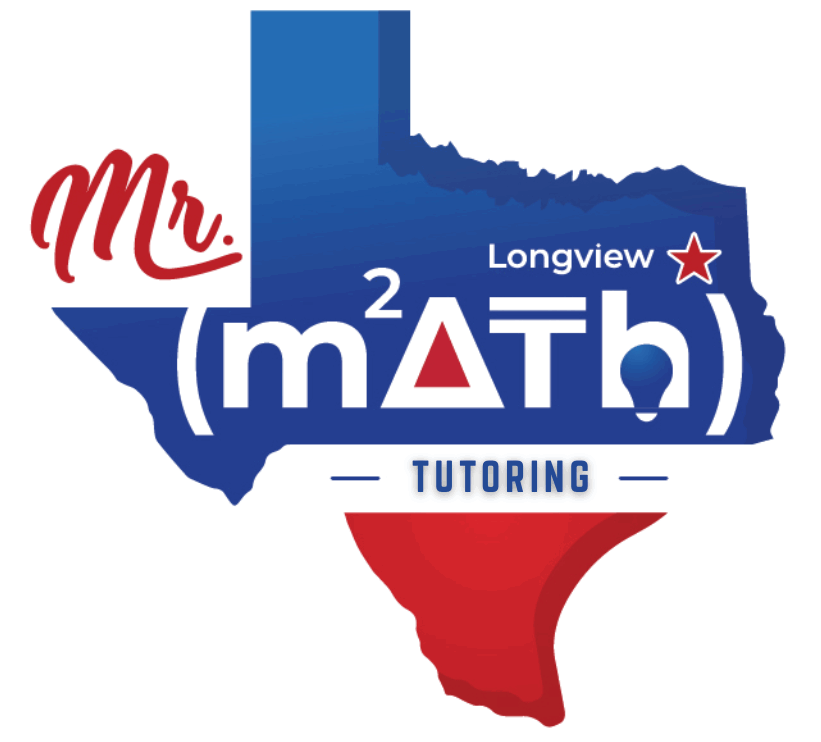Currently Empty: $0.00
About Course
This course deepens students’ understanding of polynomial factoring by introducing advanced techniques essential for tackling higher-level Algebra 1 and Algebra 2 problems. Learners will expand beyond basic methods to master the factoring of complex trinomials, higher-degree polynomials, and special forms such as sums and differences of cubes and odd powers.
Students will engage with multi-step problems, explore strategic decision-making in factoring, and apply these skills to algebraic problem solving, including equations and rational expressions. Emphasis is placed on pattern recognition, mathematical structure, and the development of flexible thinking. This course is ideal for students who have a solid grasp of basic factoring and are ready to build fluency and confidence in more sophisticated algebraic contexts.
Course Content
1. Factoring Special Polynomial Forms
-
1.1 Factoring Sums and Differences of Cubes
-
1.2 Factoring Sums and Differences of Odd Powers (Generalized Identities)
-
1.3 Factoring Higher-Order Polynomials Using Patterns
-
1.4 Ruffini’s Method (Synthetic Division)




